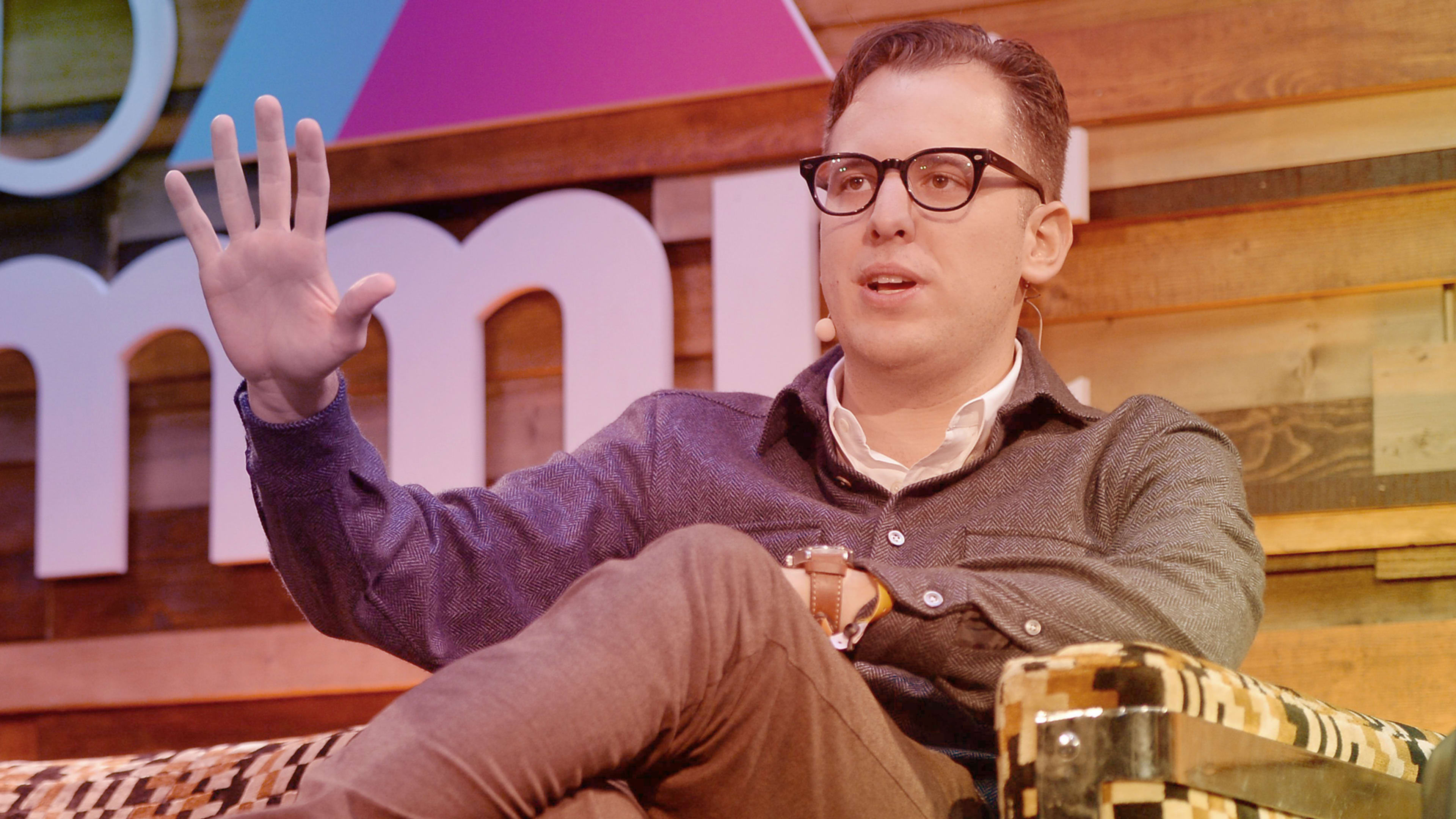Late on Monday, Instagram cofounders Kevin Systrom and Mike Krieger shocked the tech world by announcing that they were stepping down from the company that they founded eight years ago and have grown into one of the most powerful and influential social media platforms in the world. With over 1 billion users, Instagram is the go-to app for millennials and is now five times the size of Snapchat. Bought by Facebook in 2012 for $1 billion, it’s now estimated to be worth more than 100 times that.
Beyond its suddenness—there was no hint that the men had any plans to transition into a “next chapter,” as they said in a statement—the move comes at a critical time for both Facebook and Instagram. Facebook has been under attack for a variety of problems relating to disseminating fake news and its role in a number of global elections. User growth has slowed down at the flagship service, putting more of a spotlight on Instagram as the future for the company’s user and revenue growth.
For its entire history, Instagram’s founders have consistently and elegantly intuited what people want from a mobile experience. Now the service will have to do it without them.
In mid-September, Fast Company sat down with Krieger to discuss the genesis and vision behind IGTV for a forthcoming feature story. At the time, the 32-year-old CTO gave no hint that he was in his final weeks at Instagram. Dressed casually in a black T-shirt and jeans, he spoke effusively about ideating with Systrom last fall to create “the next generation’s TV viewing experience,” frequently veering into broader tangents about how he and Systrom have always viewed Instagram as a continuously evolving experience that began with square-shaped photos and now is an all-encompassing entertainment app.
Here are a few key insights from one of Instagram’s visionaries, perspectives that are baked into the organization Systrom and Krieger built, and are part of the mind-set that will guide their now former employees.
1. Exploit available technology, but only when it’s really ready
Instagram started out as a simple photo-sharing app in 2010. Krieger says that the technology actually existed to include video, but because it wouldn’t have been a seamless experience, he and Systrom decided to wait:
For me, Instagram is sort of this continuous evolution toward the goal that’s been set from the very, very beginning,” he told me. “I like to get kind of geeky here and talk about science fiction. At its best, a startup is kind of envisioning a science fiction future and then building toward that with currently available technology. Or currently unavailable technology if you’re trying to invent something brand new. Which is less our style. I think Kevin and I like to find technology that’s ready to bring to everybody and then make it happen.
So for us when we started, it was always, Can you make someone feel like they’re in another place with somebody else and experiencing with them? And through that, both enhance the feeling of the person who’s actually experiencing it by telling a story and bringing your friends along, and for everybody else to teleport, basically, to this other place.
Of course, you have to work within constraints. So as of 2009, 2010 when we started building this thing, the best available constraint was the iPhone 2G. Remember that thing? Over Edge Networks. So San Francisco was especially brutal because they had too many phones and not enough cell towers. So at your best, you could send a photo.
So the technology existed for us to do video, and we chose not to in the first version, because we couldn’t deliver a great experience around that because it was gonna be a lot of loading. The uploads would be slow. They failed more often than not. It just didn’t feel right. Then you hit 2013, and we’re like, ‘Alright we have 3G now. We have even 4G in some places. I think the world is ready for video.’ Let’s bring that to everybody. And let’s let that fit into the Instagram experience.

2. Make changes in a way no one even notices
Instagram has been just as controlled about slowly layering in product updates and features. Unlike, say, Snapchat, users aren’t deluged on a seemingly daily basis with new filters and stickers. Krieger says this is by design.
When asked how IGTV will look in a year, Krieger says:
Pretty different. But in a typical Instagram way, you won’t notice until you get there, and then you look back and you’re like, ‘Wow! that’s really different. Even Stories. Most people’s Stories, when we launched, had very few stickers. No polling stickers, no question stickers. All the formats we launched, those things didn’t exist. And now you take them for granted because they’re in the product and that’s how it works.
So that’s just the Instagram way of doing product, I think. Like, keeping forward momentum and learning until . . . The whole product is a good representation of that. I don’t think people realize all the things that have changed. I used to get this question, Why does Instagram change so slowly? I’m like, it changes more than you think. Go download or look at screenshots from a year ago and you’ll be like, Whoa, is that what it looked like? I think we’re doing our jobs right if that’s what’s happening.
3. Diverge and converge
As leaders, Krieger says he and Systrom have a system of opening up conversations and ideas as broadly as possible, and then narrowing that conversation down to focus on key elements. Rinse and repeat. This is how they work.
I was a design-thinking major. I studied human-computer interaction. So a lot of what we were studying was the process behind the idea and shipping it out to the world. And my favorite illustration of it is one of convergence and divergence. So you start with, What could we build? We could build anything! You’re going super broad.
Well, we can’t build everything, so what are we building? But even within what we’re building, when we were building IGTV, there was a kind of wealth of alternatives we explored. Everything from the format to the browsing to how many people we opened it up to on day one. All of those decisions. And then you start converging again. I think a lot of what our role is now, as leaders of the company, is helping the company manage that process of diverging and converging on things.
Recognize your brand’s excellence by applying to this year’s Brands That Matter Awards before the early-rate deadline, May 3.
